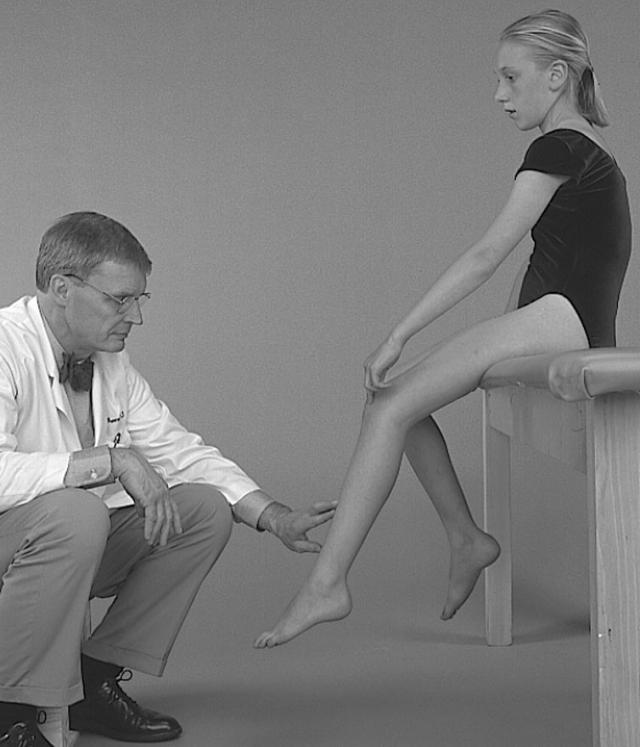Recent research suggests that more intense training and inadequate diet are placing high school athletes at significant risk for developing stress fractures in the bones of the back, hip, leg and foot, with girls more likely to suffer such overuse injury and at an earlier age than boys.
Findings
- Between September 2007 and December 2010, 230 stress fractures were reported in 189 athletes from 57 high schools in Pennsylvania, New York and New Jersey;
- Stress fractures of the tibia (shinbone) accounted for nearly half (48%) of all injuries, followed by the metatarsal (19%), fibula (10%), spine (6%), pelvis (4%), hindfoot (4%) and femur (4%);
- Varsity athletes suffered the majority (53%) of the fractures;
- Males suffered most stress fractures in track (26%), football (23%) and cross-country (19%)
- Stress fractures in females were found most in track (28%) and cross-country (23%) athletes.
- Age: males sustained fractures at an older age (15.97 yrs. v. 15.46 yrs), higher grade (10.56 v. 10.14), and at a higher body-mass index (BMI)(22.4 v. 20.8) than female athletes;
- Males also got more sleep, ate diets richer in calcium, and had more intense weight-lifting schedules (3.0 v. 2.2 sessions per week) than their female counterparts;
- Among the females suffering stress fractures, 11% reported failing to eat a balanced diet and 30% were using dietary supplements.
Risk factors
"These classic overuse injuries are likely the tip of the iceberg," said Dr. Andrew David Goodwillie, Chief Orthopedic Resident at the Robert Wood Johnson Medical School in New Brunswick, New Jersey, with under-reporting likely. "We view this as a national problem. Coaches want kids back in the game immediately, but the better course is to hold them out."
The data suggests that the risk of stress fracture increases with more intense training, more weight lifting, and inadequate diet, especially in females, with the risk of the female athlete triad "especially concerning at the high school level," said Dr. Goodwillie.
Diagnosis and rest
The challenge is that too many athletes view the pain they are experiencing in their legs from training at an intense level on hard surfaces as "niggling" injuries or "growing pains," notes Dr. Goodwillie.
His advice to parents: make sure, if their young athlete is experiencing leg or back pain, that it is "worked up appropriately" by an orthopedic specialist, including an X-ray and MRI bone scan, and that athletes with a diagnosis of stress fracture take 4-6 weeks off to allow the bone to heal.
Source: American Academy of Orthopaedic Surgeons; findings presented at the 2011 Annual Meeting of the American Academy of Orthopaedic Surgeons in San Diego.
Posted February 15, 2011 Updated March 15, 2015








